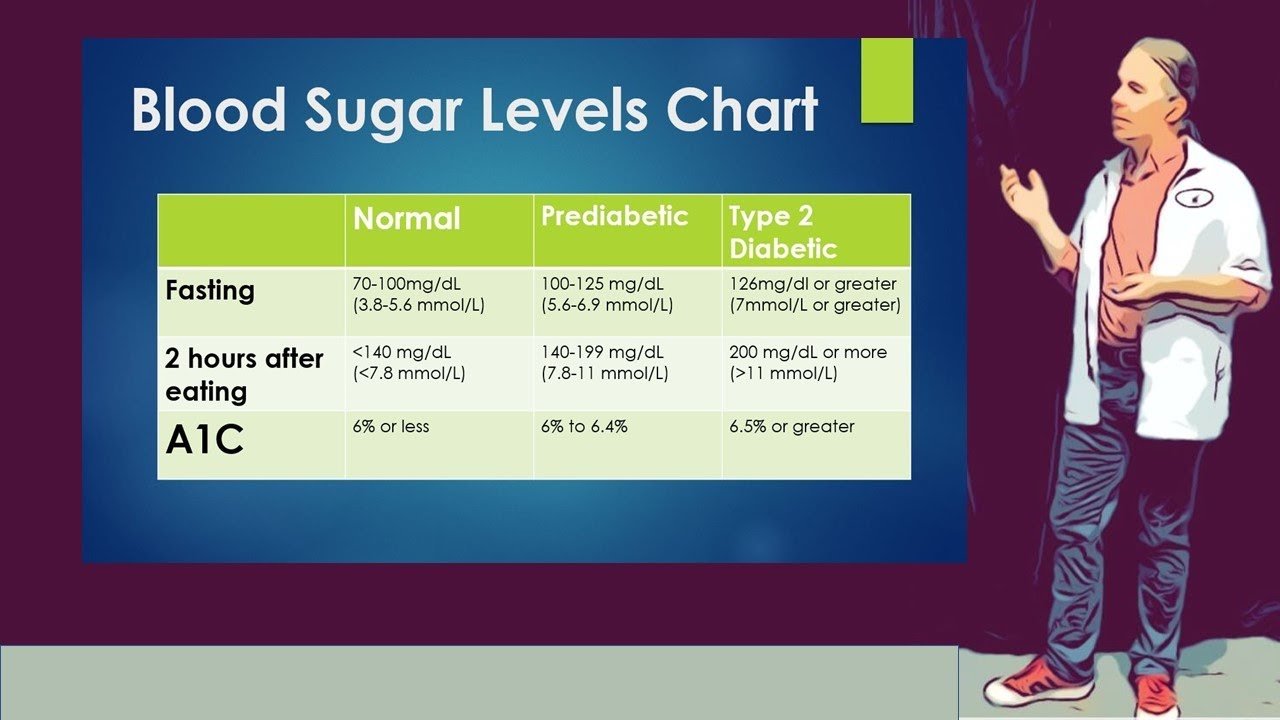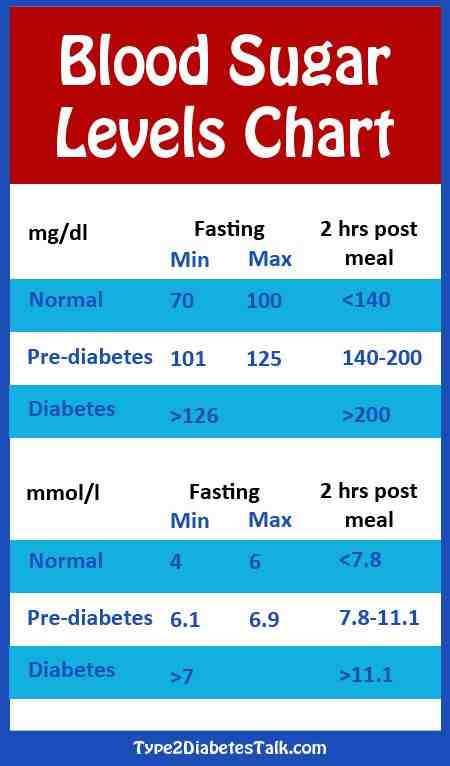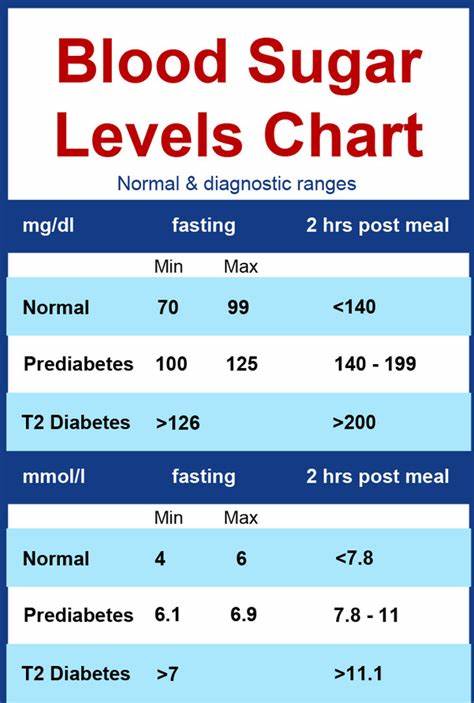How To Monitor Your Blood Sugar Levels
1. Set a Desirable Goal
If you are aiming at an A1c level of 7% or less, which translates to an average blood sugar level of 154mg/dl, the doctor will give you an A1c test every 3 to 6 months. The goals you are aiming at and when you should test will depend on:
- Existing health problems
- How long you have had diabetes
- Medication you are on
- If you have complications like neuropathy or retinopathy
- If you have low blood sugar without warning symptoms
2. Monitor Regularly
Once you and your doctor determine your blood sugar targets, you should get tested on a regular basis. Monitoring is important, more so if you are taking insulin or medication that can result in hypoglycemia. In addition, it will help you compare your blood sugar levels after eating and before meals. This will give you a better understanding of your glucose patterns and how you can improve them.
- A fasting blood glucose level should be taken first thing in the morning before drinking or eating anything.
- You can also take another test right before going to bed.
- For the other times, a test 1-2 hours after breakfast or before lunch should be able to give you a clear picture of your blood sugar levels, according to CDC. According to the American Diabetes Committee, a test immediately after eating will give your doctor good information in case your pre-meal blood sugar levels are fine but have not achieved your A1c goal.
3. Keep a Record
Know how to control you blood sugar with diet from the video blow:
Diagnosing Prediabetes Type 2 And Type 1 Diabetes
Depending on which country or medical organization you ask, the qualifying numbers for normal versus prediabetes versus diagnosed type 1 or type 2 diabetes can vary slightly. The following blood sugar and A1c the general results are used to diagnosed prediabetes and diabetes according to sources including the American Diabetes Association and Diabetes UK:
Prediabetes
- HbA1c: 5.7 to 6.4 percent
- Fasting: 100 to 125 mg/dL
- 2 hours after a meal: 140 mg/dL to 199 mg/dL
Type 1 or 2 diabetes
- HbA1c: 6.5 percent or higher
- Fasting: 126 mg/dL or higher
- 2 hours after a meal: 200 mg/dL or higher
Please note: Type 1 diabetes tends to develop very quickly which means that by the time symptoms are felt, blood sugar levels are generally well above 200 mg/dL all the time. For many, symptoms come on so quickly they are dismissed as the lingering flu or another seemingly ordinary virus.
By the time blood sugar levels are tested, many newly diagnosed type 1 patients will see levels above 400 mg/dL or higher. If you do suspect that you or a loved-one has type 1 diabetes, visit your primary care or urgent care immediately and ask for a urine test to measure ketones in addition to testing blood sugar levels and A1c.
Read more about ketones at diagnosis in Diabetes StrongsDiabetic Ketoacidosis Guide.
How Do I Check My Blood Glucose Levels
To check your blood glucose levels, you prick your finger with the lancet and add a small drop of blood onto a blood glucose checking strip. This strip is then inserted into the meter, which reads the strip and displays a number your blood glucose level.
When and how often you should check your blood glucose levels varies depending on each individual, the type of diabetes and the tablets and/or insulin being used. Blood glucose levels are measured in millimoles per litre of blood . Your doctor or Credentialled Diabetes Educator will help you decide how many checks are needed and the levels to aim for.
Keeping a record of your blood glucose levels can be very helpful for you and your doctor or Credentialled Diabetes Educator. You can keep a diary or use a mobile phone app or website to record your levels.
Recommended Reading: What Is The Maximum Dosage Of Metformin
What Else Can I Do To Help Manage My Blood Sugar Levels
Eating a healthy diet with plenty of fruit and vegetables, maintaining a healthy weight, and getting regular physical activity can all help. Other tips include:
- Keep track of your blood sugar levels to see what makes them go up or down.
- Eat at regular times, and dont skip meals.
- Choose foods lower in calories, saturated fat, trans fat, sugar, and salt.
- Track your food, drink, and physical activity.
- Drink water instead of juice or soda.
- Limit alcoholic drinks.
- For a sweet treat, choose fruit.
- Control your food portions .
Blood Sugar Level After 30 Minutes:

About half an hour after a meal, the digestive tract works in full swing to digest and absorb the nutrients taken during the meal. So, the proteins, carbs and fats are broken down by different digestive enzymes and are gradually absorbed in the body.
The blood is the carrier of these nutrients and it transports them throughout the body to supply energy to the different organs. The blood glucose level at this time is generally at its peak.
Also Check: How Many Points Does Metformin Lower Blood Sugar
Normal Blood Sugar 30 Minutes After Eating
Blood sugar is a very familiar term these days. With a huge amount of individuals suffering from diabetes, trying to maintain a healthy level of sugar in the blood has become one of the daily challenges many of us face. As a matter of fact, checking the normal blood sugar 30 minutes after eating is a key indicator for getting an idea of the state of diabetes and overall health.
In this article, well go over the normal blood sugar, how to check it, what is the normal blood sugar after meals and how to control it.
Table of Content
Factors That Can Affect Blood Sugar Levels
If you have prediabetes or diabetes, you may have insulin resistance or an inability to produce insulin. This means your body has difficulty regulating blood sugar levels on its own.
Its a delicate balance to maintain, so the following list can help you familiarize yourself with factors that can cause your blood glucose levels to go up or down.
Don’t Miss: Alcohol And Insulin Resistance
Normal Hba1c For Person Without Diabetes
For someone who does not have diabetes, a normal HbA1C level is below 5.7%. An A1C between 5.7% to 6.4% is indicative of prediabetes.
Its recommended that adults over the age of 45 or adults under 45 who are overweight and have one or more risk factors for diabetes have a baseline A1C checked. If the result is normal, the A1C should be checked every 3 years. If the result indicates prediabetes, the A1C should be checked every 1 to 2 years.
Why Check Blood Sugar Levels
If you take certain medication, like insulin or sulphonylureas, checking your blood sugars is a vital part of living with diabetes. It can help you work out when you need to take more medication, when you need to eat something or for when you want to get up and move around more.
Routine checks can help you know when you might be starting to go too low or too high . Its a way of getting to know your body and how it works. It can help you and your healthcare team spot patterns too. Do you write your results down? You might find that helpful.
But importantly, it will help you stay healthy and prevent serious diabetes complications now and in the future. By complications, we mean serious problems in places like your feet and your eyes. This happens because too much sugar in the blood damages your blood vessels, making it harder for blood to flow around your body. This can lead to very serious problems like sight loss and needing an amputation.
The higher your blood sugar levels are and the longer theyre high for, the more at risk you are.
Read Also: Can A Diabetic Eat Macaroni And Cheese
Planning For Sick Days
Your body releases stress hormones when you are sick, which can cause hyperglycemia. Keep taking your insulin and other diabetes medications, even if you are throwing up. If you have ketones and your blood sugar is above 240 mg/dL, call your doctor. They might also want you to call if:
- You have diarrhea that lasts more than 6 hours
- You are throwing up
- You have a high fever or trouble breathing
- You feel very sleepy or confused
Continue checking your blood sugar levels and keep track of the results.
Different Levels And What They Mean
The ranges of safe levels of blood glucose depend on factors such as what time of day it is and when you last ate. Safe levels of blood sugar are high enough to supply your organs with the sugar they need, but low enough to prevent symptoms of hyperglycemia or complications of diabetes which follow the National Institute of Diabetes and Digestive and Kidney Diseases guides. Dangerous levels of blood glucose are outside of this range.
The target levels can also vary if you have diabetes. For example, if you are diabetic and are monitoring your blood sugar, you might get a reading of 65 mg/dl. That is considered to be mild hypoglycemia, and you would be wise to eat 15 grams of fast-acting carbohydrates and retest your blood sugar in 15 minutes.
If you were not diabetic, you probably would not know that your sugar was low because you would not test and because you would not symptoms, and you would not act.
That is fine because your body is capable, under normal circumstances, of raising your blood glucose to healthy levels when needed, even if you have not eaten. It is important to keep them in control to help prevent issues like heart disease or nerve damage.
Looking for the best prediabetes diet? Learn what foods are best to help you manage your prediabetes.
Also Check: Are You Born With Type One Diabetes
Times To Check More Often
There will be times when you need to check more often, however you should first discuss this with your doctor or Credentialled Diabetes Educator. Example of these times include when you are:
- Being more physically active or less physically active
- Sick or stressed
- Experiencing changes in routine or eating habits, e.g. travelling
- Changing or adjusting your insulin or medication
- Experiencing symptoms of hypoglycaemia
- Experiencing night sweats or morning headaches
- A female planning pregnancy or are pregnant.
- Pre/post minor surgical day procedures
- Post dental procedures
Your Credentialled Diabetes Educator can help you work out self-monitoring approach especially for you.
How To Avoid Diabetic Ketoacidosis

It might have been a really long time since youve been in diabetic ketoacidosis , or maybe youve never had it.
But if you have Type 1 diabetes, you are at risk. Sometimes when you havent recently experienced a situation, you kind of forget about what you were told to do for prevention or treatment. Thats why a refresher might be a great idea!
Read Also: Late Onset Type 1 Diabetes Life Expectancy
The Blood Sugar Level Regulation Mechanism
When you eat rice, bread, or any other typical food high in carbohydrates, it is digested by the stomach and small intestine, where it is absorbed into the blood as glucose. Figure 1 shows how it is absorbed into the body.
Figure 1: Absorption of glucose
When glucose enters the bloodstream, insulin facilitates its uptake into the body’s cells. When an excess of glucose is ingested, insulin over secretion occurs. Insulin increases the biosynthesis of fat and suppresses its breakdown. Thus, it becomes easier for fat to accumulate in body tissues.
Blood sugar level will not drop if the sugar in the blood is not properly processed due to, for example, too little insulin being secreted, or resistance to the action of insulin. If blood sugar levels have not decreased several hours after eating on a regular basis, this indicates a susceptibility to diabetes. To avoid this and stay healthy, we should eat types of foods that will not cause a sudden, extreme rise in blood sugar levels.
What is BMI?
What is a healthy blood sugar level
- Fasting blood sugar level 99mg/dL
- Postprandial blood sugar level 7.8mmol/L
How Do Carbs Affect Blood Sugar
Carbs in food make your blood sugar levels go higher after you eat them than when you eat proteins or fats. You can still eat carbs if you have diabetes. The amount you can have and stay in your target blood sugar range depends on your age, weight, activity level, and other factors. Counting carbs in foods and drinks is an important tool for managing blood sugar levels. Make sure to talk to your health care team about the best carb goals for you.
Also Check: What Is A High Blood Sugar Reading
How Much Does Blood Sugar Increase After Eating
At this time the blood sugar level can reach 7.8 mmol/L in a healthy individual.
After the half-hour mark, the blood glucose level starts to fall as the sugar is absorbed from the blood into the cells of the body.
Its important to check your normal blood sugar level 1 hour after eating. For example, if you find that your blood sugar is 160 mg/dL after the meal, this equates to 8.9 mmol/L which means your blood sugar is high. Its an indication that you may need to seek medical treatment to control your blood sugar level.
Expected Results In Diabetics
Diabetics experience larger spikes in blood glucose that take longer to return to baseline. For diabetics, blood glucose an hour after eating should remain below 180 mg/dL or no more than 80 mg/dL over your pre-meal levels. The highest spikes in blood glucose levels often occur after breakfast. If you experience hypoglycemia, or low blood glucose levels before a meal, you might experience a higher-than-normal spike over baseline levels this doesn’t necessarily indicate an abnormal rise.
You May Like: What Happens If You Stop Taking Diabetes Medication
Checking Your Blood Glucose Levels Will Help You To:
- Develop confidence in looking after your diabetes.
- Better understand the relationship between your blood glucose levels and the exercise you do, the food you eat and other lifestyle influences such as travel, stress and illness.
- Know how your lifestyle choices and medication, if used, are making a difference.
- Find out immediately if your blood glucose levels are too high or too low , helping you to make important decisions such as eating before exercise, treating a hypo or seeking medical advice if sick.
- Know when to seek the advice of your diabetes health team about adjusting your insulin, tablets, meal or snack planning when blood glucose goals are not being met.
Official Hba1c Ada Recommendation For Someone With Diabetes
The American Diabetes Association recommends an HbA1C of less than 7% for most nonpregnant adults with diabetes. A lower goal, such as less than 6.5%, may be appropriate for some people who have had diabetes for a shorter amount of time, for younger people, for those without heart disease, and/or for those with type 2 diabetes treated with lifestyle or metformin only. A higher HbA1C goal, such as less than 8%, may be appropriate for people with a history of severe hypoglycemia, a limited life expectancy, advanced diabetes complications, other illnesses, or for whom a lower HbA1C goal is difficult to achieve. Its important that people with diabetes discuss their target blood sugar goals with their healthcare provider.
HbA1C levels should be checked between two to four times per year in people who have diabetes.
Recommended Reading: Can Diabetics Eat Macaroni And Cheese
What Is A Dangerous Level Of A1c
When levels rise to 9.0, the risk of kidney and eye damage and neuropathy increases. Some people who are newly diagnosed could have levels over 9.0. Lifestyle changes and possibly medication can lower levels quickly. For someone who has long-standing diabetes, levels rise above 9.0 could signal the need for a change in their treatment plan.
Some labs estimate average blood glucose , which corresponds to home glucose meter readings , allowing patients to understand the results better.
Managing Your Diabetes Devices

If you are using an insulin pump, talk to your diabetes team about how to best manage hyperglycemia. In general, be sure to check your pump first. Make sure all parts are connected and working correctly. Check your bolus history and temporary basal rate. Also check your insulin to make sure it has not expired or gotten too warm.
If you use a CGM, try not to react to it too often. You might be tempted to give another dose of insulin too soon, before the first one finishes working, which is known as stacking insulin this can cause low blood sugar .
Recommended Reading: What To Do If A Diabetic Feels Dizzy
Normal And Diabetic Blood Sugar Ranges
For the majority of healthy individuals, normal blood sugar levels are as follows:
- Between 4.0 to 5.4 mmol/L when fasting
- Up to 7.8 mmol/L 2 hours after eating
For people with diabetes, blood sugar level targets are as follows:
- Before meals : 4 to 7 mmol/L for people with type 1 or type 2 diabetes
- After meals : under 9 mmol/L for people with type 1 diabetes and under 8.5mmol/L for people with type 2 diabetes

